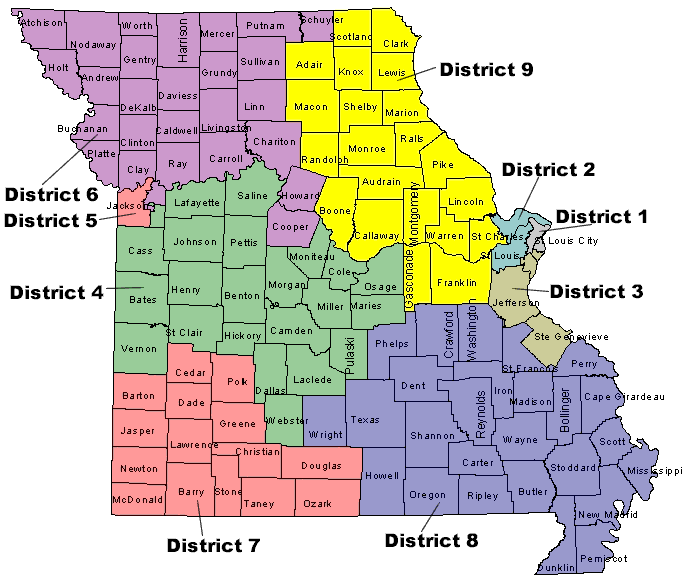Census Tract Manual: 1934 Edition
Introduction
More than 30 years ago Dr. Walter Laidlaw, working with population statistics in New York, became convinced that in order to study neighborhoods it was absolutely necessary to have population data for local areas smaller than boroughs or wards, and to establish these areas so that they would remain unchanged from census to census. To him, therefore, goes the credit for initiating the idea of the census tract, or, as he called it, the "sanitary district."
In current practice the census tracts are small areas, having a population usually between 3,000 and 8,000, into which a city is subdivided, more or less arbitrarily, for statistical and local administrative purposes. The tracts are permanently established, so that comparisons may be made from year to year and from census to census; they are laid out with a view to approximate uniformity in population and with some regard for uniformity in size; and each is designed to include an area fairly homogeneous in population characteristics. In cities where the ward lines are infrequently changed, the tracts form subdivisions of the wards; in other cities they are laid out without regard to the ward boundaries.





